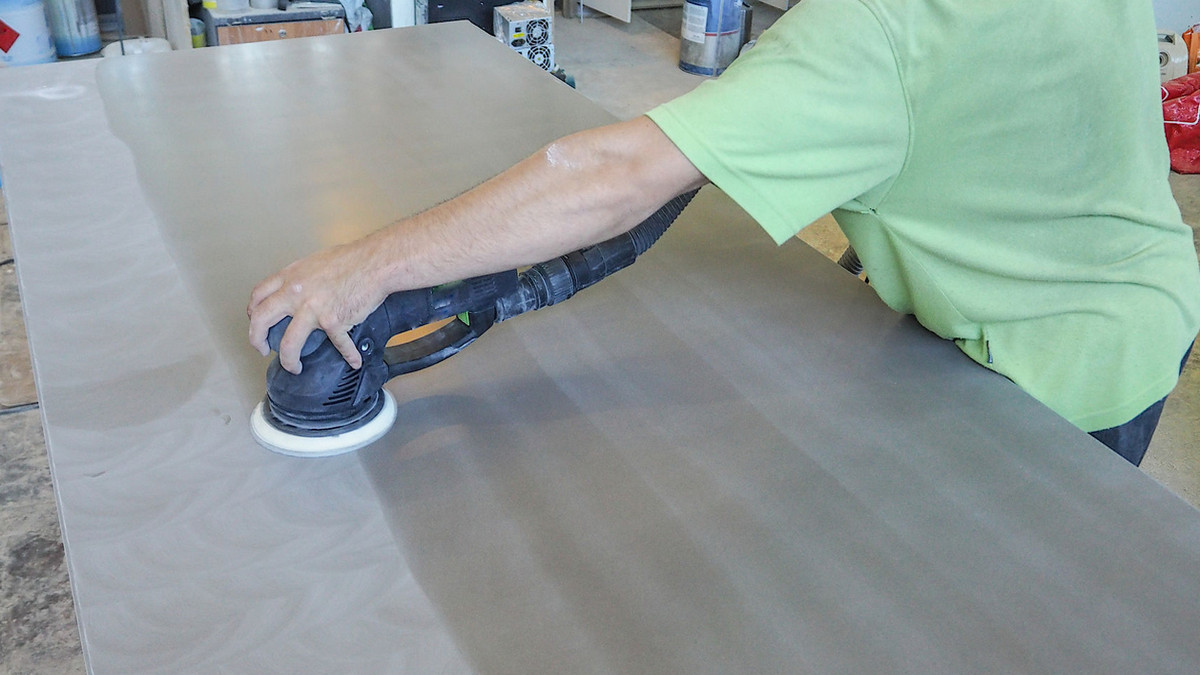The integration of cutting-edge technologies in the machine tools industry is reshaping the way manufacturers approach grinding processes. One transformative force is the Internet of Things (IoT), which enhances performance and enables predictive maintenance in smart grinding systems. Real-world applications are showcasing the power of these innovations.
Exploring IoT Applications in Grinding Machines
The IoT now enables machines to communicate, collect data, and make intelligent decisions in real-time. In grinding machine applications, the IoT uses sensors strategically placed on grinding equipment to collect data on various parameters, including temperature, vibration, and tool wear. This data is then processed and analyzed using advanced analytics tools, providing valuable insights into the performance and condition of the equipment.
Sensor Integration
Sensors are strategically embedded in grinding machines to monitor crucial parameters and are pivotal in smart grinding. These sensors collect a wealth of data during grinding operations, offering insights into the machine's performance and the quality of the output.
Connected Machines
IoT in grinding machines involves connecting these precision instruments to a network, enabling them to communicate and share collected data in real-time. This connectivity lays the foundation for a smarter, more responsive manufacturing ecosystem.
Data Analytics: Improving Performance and Enabling Predictive Maintenance
The data generated by sensors is harnessed through advanced analytics and machine learning algorithms. This analytical layer interprets the data, identifies patterns, and makes predictions. This translates to optimizing grinding parameters, predicting maintenance needs, and preventing potential issues before they occur. As the machine learns from patterns and feedback, it adapts to variations in materials and operating conditions, achieving higher precision.
Predictive Maintenance
One of the most helpful advantages of IoT in grinding machines is predictive maintenance. By continuously monitoring the health of the machine through sensor data, manufacturers can anticipate when components are likely to fail. This enables proactive maintenance, reducing unplanned downtime and extending the lifespan of critical components.
Reduced Downtime and Increased Productivity
The combination of real-time monitoring, data analytics, and predictive maintenance substantially reduces downtime by addressing potential issues before they escalate.
Customization and Flexibility: Tailoring Grinding Solutions to Unique Manufacturing Challenges
The IoT, has led to wide-ranging customization and flexibility in grinding solutions. Manufacturers are increasingly turning to modular grinding systems equipped with adaptive technologies to address specific manufacturing challenges.
Modular Grinding Machine Solutions
Modular grinding machines flexibly allow for easy customization and adaptation to varying production needs. These systems consist of interchangeable modules that can be configured to meet the specific requirements of different applications. Whether adjusting the grinding wheel, tooling, or other components, modular design offers a level of versatility that traditional grinding machines often lack. Advantages include:
Tailored Precision: Customizable grinding solutions enable manufacturers to achieve precise results tailored to their unique specifications.
Efficiency and Cost Savings: Modular design reduces setup times and changeovers, contributing to optimized efficiency by eliminating the need for separate machines for different tasks. A single, modular system can be reconfigured for various applications, streamlining the manufacturing process and ensuring consistent quality across different products.
Scalability: Manufacturers can easily scale their operations by adding or removing modules based on production demands. Instead of investing in multiple specialized machines, manufacturers can reduce capital expenditure, yet still achieve a wide range of capabilities with a customizable grinding solution.
Integration of IoT
The convergence of IoT and modular grinding solutions marks a significant leap forward in the machine tools industry. Smart grinding, empowered by IoT applications, contributes to a more streamlined and efficient manufacturing process. IoT connectivity enables remote configuration and diagnostics, facilitating quick adjustments and troubleshooting, thus allowing the seamless integration of robots into the grinding system. Real-time monitoring allows for adaptive adjustments to meet the specific requirements of each production run.







.png)






